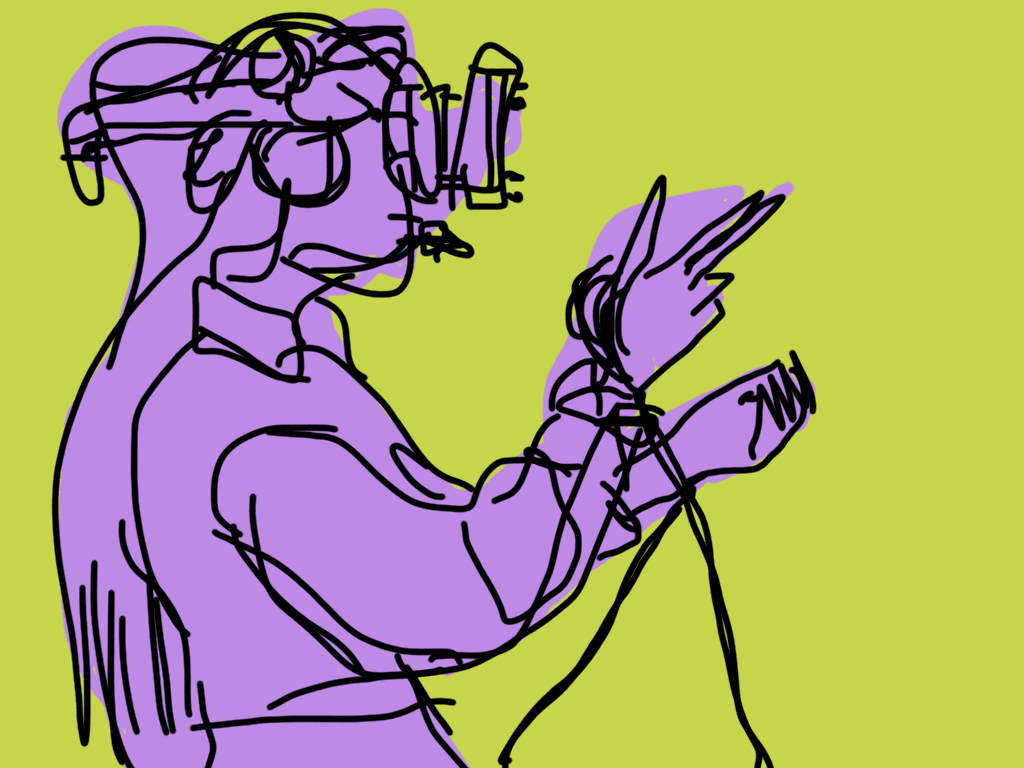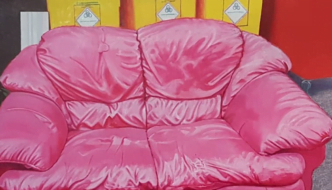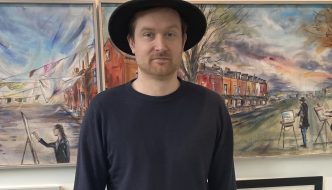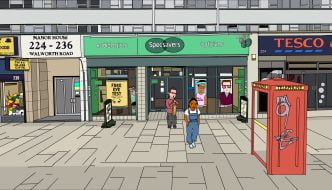
Pic: Flickr/Topher McCulloch
Though this generation prides itself on its technological proficiency, recent memory conjures up a sorry series of attempts to stretch the mediums of film or game that have been neither maintained nor mimicked. TV critics aren’t gagging for further iterations of Black Mirror’s Bandersnatch format. God knows how many Nintendo Wiis are packed up in garages across the country. And we all remember what happened to 3D, right?
Messing with the traditional media-audience structure, trying to push things forward, does not guarantee success. No industry knows this better than VR. Virtual reality is taking its time to penetrate the mainstream, with the big tech retailers experiencing two years of steady, unexciting sales. Headsets are seen more as the plaything of posh sixteen year olds who want to further envelop themselves in the Call of Duty and porn videos consuming their spare time. At the rate it’s going, some wonder if the act of putting on a headset will ever even take off.
But not everyone thinks these headsets see no future. Catherine Allen, CEO of Limina Immersive and winner of BAFTAs for previous VR projects, is an advocate for and designer of virtual reality – an individual on a mission to make it as accessible of a media type as possible. Crucially, Allen can see the potential VR has as an art form. At HOME cinema in Manchester, she is putting on a workshop to demonstrate her and Limina’s hopes to break down VR’s borders.
The workshop discussion ranges from the ways VR differs to gaming, to Catherine Allen’s experience working on the BBC VR documentary Easter Rising: Voice of a Rebel – the broadcaster’s first ever VR project. Discussion is the sole format for the day – there are, surprisingly, no headsets in sight. Despite the lack of playtime however, the workshop throws up some findings that Catherine will be reassured by.
Many audience members are thirty-to-forty-something year old women who intend to or are already taking VR on in their creative exercises. One workshop task of inviting suggestions for VR experiences show where these aspiring artists are coming from. Ideas include mountain-top meditation, racial reconciliation with neighbours and partaking in parliament – there’s an understanding that VR can provide consumers with more than just realistic wanks.
These artists are the antithesis of the current VR target audience. Their visions of where the art form can go are proof it need not be so limited. The potential for the technology to educate, entertain, enlighten and be inclusive is why they admire Catherine’s ethos and what they hope to achieve themselves.
But as Catherine rather frustratingly points out, she is in a vast minority of women involved higher up in the VR industry, excluded to the point that intolerant competitors feel the need to troll her online. Catherine is seemingly on the fringe in more than one sense – her product is still in a state of experiment trying to find widespread appeal; meanwhile, the world that wants to take VR mainstream is uneasy with her involvement.
But Catherine should not be too concerned. Today’s workshop will be more confirmation for her that there is an audience for her aspiring VR menu. Plenty of people don’t see it as a toy, but, quite rightly, as an art form. The potential this immersive media has to serve all sorts of purposes for all sorts of people is an asset everyone here has realised. Furthermore, it will be the reason we are all wearing headsets fifteen years from now. For Catherine’s vision of VR, it is just a matter of time.
“Introducing Virtual Reality As An Art Form” took place at HOME Manchester as part of Push Festival on 20 January 2019
Filed under: Film, TV & Tech
Tagged with: alternative media, creativity, future technology, headsets, Virtual Reality, VR, VR art



Comments